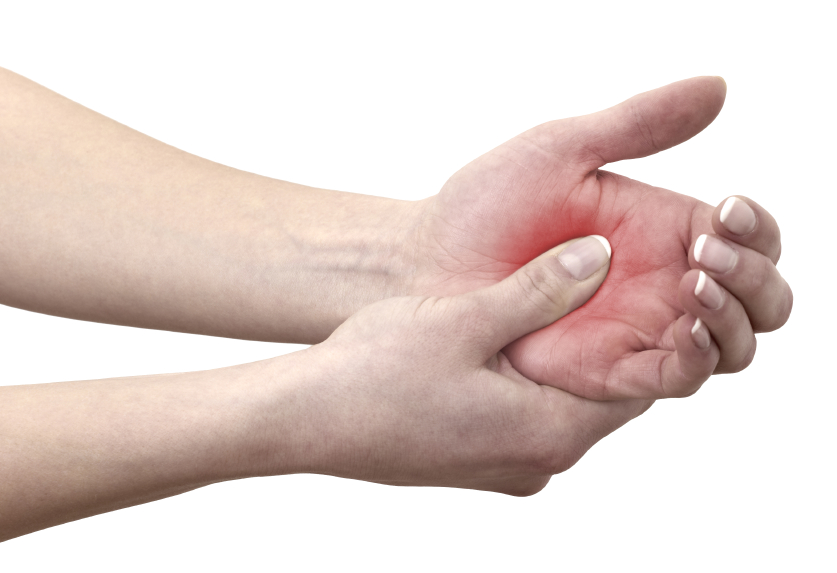Senegal saba has powerful anti-inflammatory properties
02/14/2019 / By Michelle Simmons

African researchers have found that the leafy stems of Senegal saba (Saba senegalensis) have anti-inflammatory properties The study, which was published in the journal Phytothérapie, also supports the traditional use of Senegal saba in treating diseases associated with inflammation.
- Senegal saba has been used in traditional medicine for the treatment of diseases associated with inflammation in Burkina Faso.
- In the study, the researchers aimed to evaluate the pharmacological action of the aqueous extract of its leafy stems on swelling and pain and to investigate its antioxidant properties.
- The results of the study showed that Senegal saba fruit extract reduced edema in the first hour, the third hour and five hours after the injection of carrageenan.
- Maximum inhibition was attained at the fifth hour after the injection of carrageenan.
- The researchers also evaluated the analgesic effect of the aqueous extract of Senegal saba at doses of 100, 200, 300 milligrams per kilogram (mg/kg).
- They found that the aqueous extract significantly reduced the abdominal writhing in mice.
- The analgesic effect of the aqueous extract at a dose of 200 mg/kg is comparable to that of 150 mg/kg acetaminophen.
- They also found that Senegal saba extract exhibited a significant antioxidant capacity by inhibiting lipid peroxidation and lipoxygenase.
- Senegal saba extract was also found to contain tannins, flavonoids, saponins, coumarins, anthocyanosides, triterpenes, and sterols.
In conclusion, these findings indicate that Senegal saba possesses anti-inflammatory properties and can be used against inflammatory diseases.
To read more studies on natural medicines like Senegal saba, visit NaturalMedicine.news.
Journal Reference:
Yougbare-Ziebrou MN, Ouedraogo N, Lompo M, Bationo H, Yaro B, Gnoula C, Sawadogo WR, Guissou IP. ANTI-INFLAMMATORY, ANALGESIC AND ANTIOXIDANT ACTIVITIES OF AN AQUEOUS EXTRACT OF SABA SENEGALENSIS PICHON STEMS WITH LEAVES (APOCYNACEAE). Phytotherapie. 2015; 14(4): 213-219. DOI: 10.1007/s10298-015-0992-5
Submit a correction >>
Tagged Under:
alternative medicine, anti-inflammatory, anti-inflammatory plant, herbal medicine, Herbs, inflammation, medicinal plants, natural cures, natural healing, natural medicine, remedies, S. senegalensis, Saba senegalensis, Senegal saba
This article may contain statements that reflect the opinion of the author





















